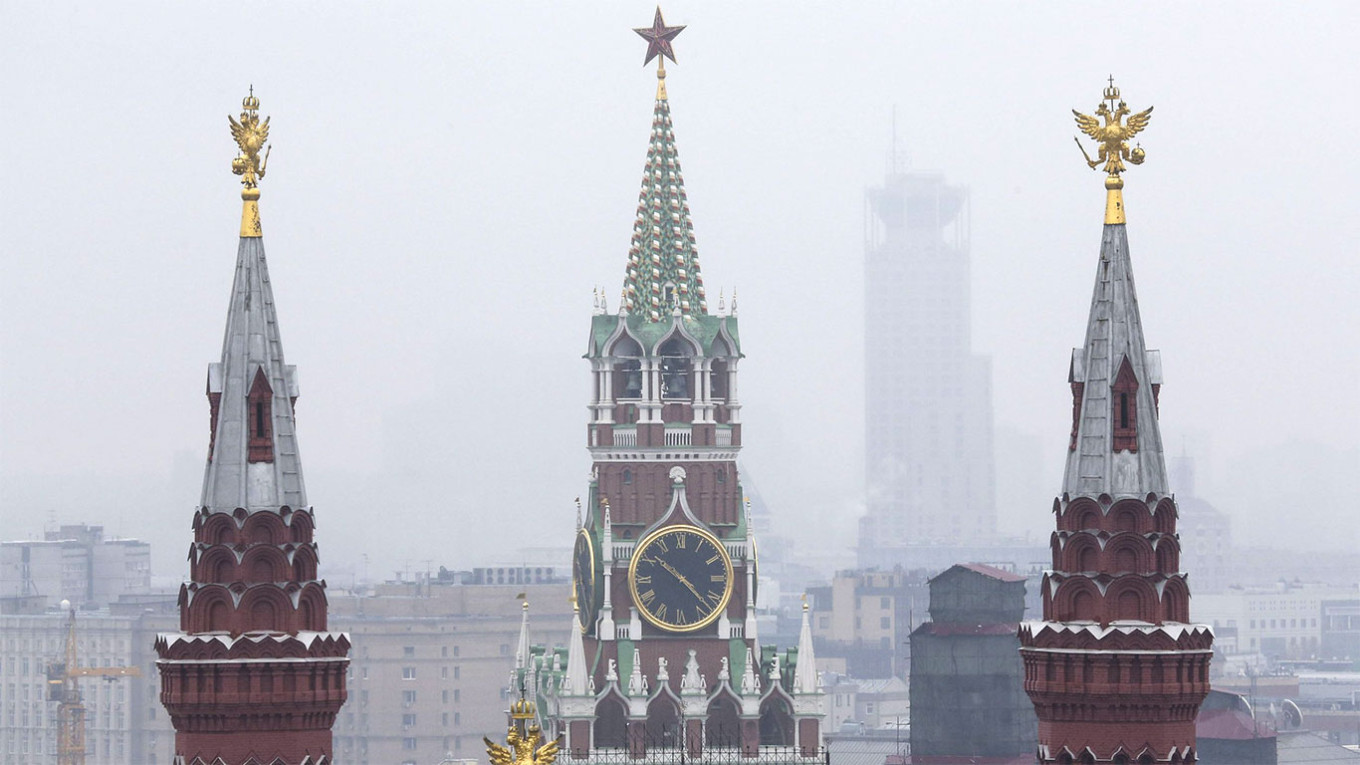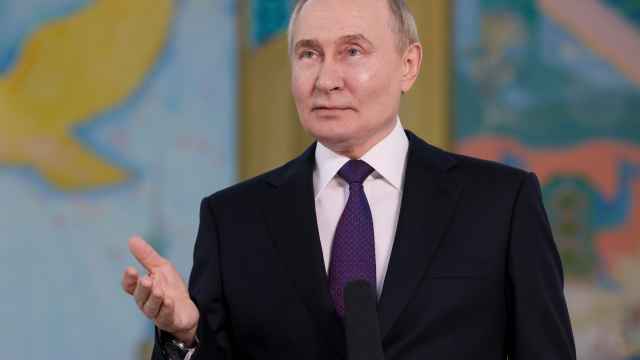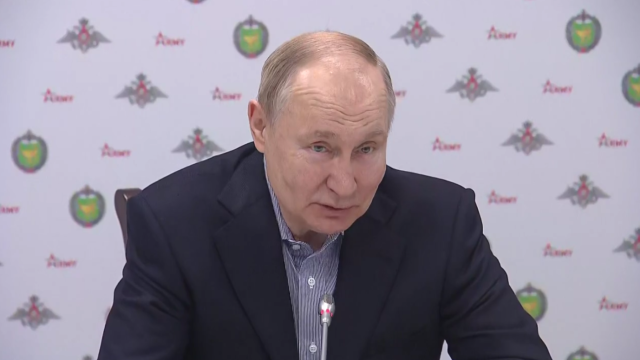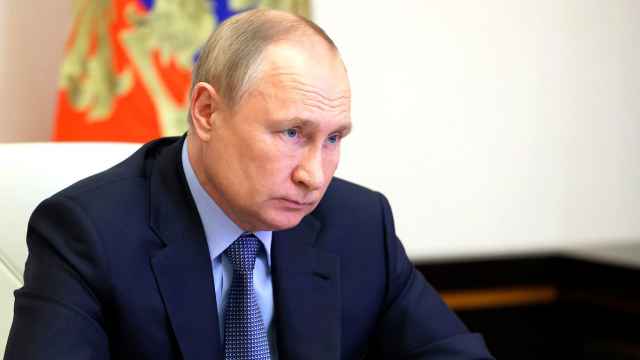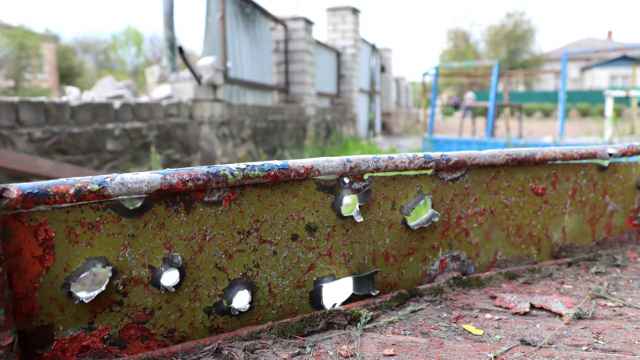Russian President Vladimir Putin has been telegraphing a readiness to discuss a ceasefire in his nearly two-year war on Ukraine through diplomatic backchannels, The New York Times reported Saturday.
The report comes as the 22-month Russian invasion of Ukraine has effectively ground to a stalemate, Western aid for Kyiv is at risk of drying up and Moscow faces growing economic and geopolitical pressures despite its boasts that it can sustain a long war.
Since at least September, "Putin has been signaling ... that he is open to a ceasefire that freezes the fighting along the current lines," The New York Times wrote.
It cited two former senior Russian officials close to the Kremlin and U.S. and international officials who have received the message from Moscow’s envoys.
The New York Times said U.S. officials previously received never-before-reported overtures from the Kremlin for a truce in September 2022, as Kyiv was recapturing swathes of its territory in the northeast in an embarrassment for Moscow. At the time, Putin made it clear that he was happy with the amount of territory his troops had captured, the newspaper wrote.
The newspaper called Putin's interest in a ceasefire "an example of how opportunism and improvisation have defined his approach to the war behind closed doors."
Citing interviews with Russians who have known the president for a long time and with international officials with insight into the Kremlin’s inner workings, The New York Times described him as "a leader maneuvering to reduce risks and keep his options open."
But former Russian officials told the newspaper that Putin could change his mind if Russian forces regain momentum on the battlefield.
Ukrainian President Volodymyr Zelensky has vowed not to enter negotiations with Russia as long as Putin is in power.
The Washington Post reported in November 2022 that the Biden administration had been encouraging Ukraine's leaders to signal an openness to negotiations with Russia.
But a year later in November 2023, Zelensky said he was still not ready for talks unless Russia withdrew its troops from Ukraine.
Putin sent troops into Ukraine in February 2022 with the initial goal of capturing Kyiv and forcing a change in its leadership, an operation he expected to take a matter of days. Strategic mistakes and Ukraine's determined defense of the capital forced the Kremlin to scale back its invasion goals.
Russia claims to have annexed Ukraine's Kherson, Zaporizhzhia, Donetsk and Luhansk regions despite never fully controlling any of them. It plans to include the occupied territories in the 2024 presidential election next March.
A Message from The Moscow Times:
Dear readers,
We are facing unprecedented challenges. Russia's Prosecutor General's Office has designated The Moscow Times as an "undesirable" organization, criminalizing our work and putting our staff at risk of prosecution. This follows our earlier unjust labeling as a "foreign agent."
These actions are direct attempts to silence independent journalism in Russia. The authorities claim our work "discredits the decisions of the Russian leadership." We see things differently: we strive to provide accurate, unbiased reporting on Russia.
We, the journalists of The Moscow Times, refuse to be silenced. But to continue our work, we need your help.
Your support, no matter how small, makes a world of difference. If you can, please support us monthly starting from just $2. It's quick to set up, and every contribution makes a significant impact.
By supporting The Moscow Times, you're defending open, independent journalism in the face of repression. Thank you for standing with us.
Remind me later.


